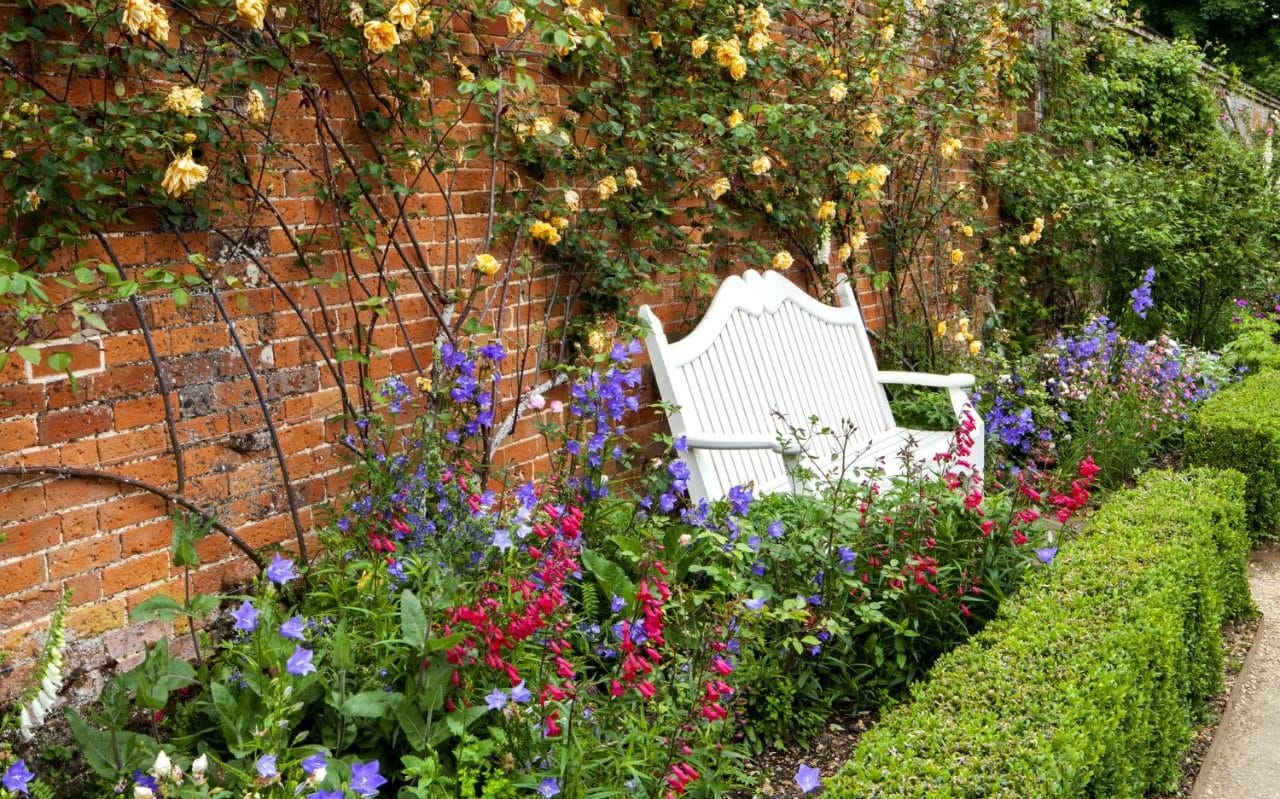Succulents are a fashionable decorative addition to any home. This diverse group of plants offers endless color variations and low maintenance options for your interior space. Most plants need a humid environment to survive, but succulents can store water for more extended periods. This ability makes succulents practical for growing in the dry, warmer conditions typically found in the home. Succulents are perfect plants for beginners. Coming in a variety of shapes, sizes, and textures, succulents have an attractive quality. Because of their extraordinary ability to retain water, succulents tend to thrive in hot, dry climates and don’t mind a little carelessness. This makes them well suited to indoor growing and ideal for people who want low-maintenance houseplants.
If you choose succulents for the first time, follow these steps to care for your new plants successfully.
Choose a succulent that is appropriate for your indoor conditions.
Most succulents like direct sunlight, but if all you have is a shady corner of your home, choose low-light tolerance plants like your mother-in-law’s tongue. If you plan to grow your succulent in a hanging pot, a trailing variety, such as a banana necklace, is a great choice. Always read plant labels to determine the sunlight requirements, size, and spread of your succulents.
Provide a planting medium that drains well.
Nurseries always plant their succulents in soil that is too rich and retains too much moisture, so you will want to replant your succulent as soon as you take it home. Start with a mixture of thick pots with good drainage and aeration. You can find unique combinations of cactus and succulents at the nursery, or even use a mix of African violet. To further improve drainage and prevent compaction, add pearlite or pumice to the cactus or African violet mix (up to 50% of the total potting mix, depending on the moisture needs of your particular succulent). Always moisten the mixture before use to ensure that it is uniformly moist.
Choose your container.
When repotting, use a container with a drainage hole and is at least 1 to 2 inches larger than the nursery container. Avoid glass containers (such as masonry jars or terrariums) as a long-term potting solution, as they do not allow roots to breathe and can cause root rot over time. Fill the lower third of the container with a pre-moistened potting mix, then place your plant inside and fill with more pre-moistened potting mix.
Place the potted succulent in a sunny spot.
Most succulents prefer at least 6 hours of sunshine per day, so try to place them near a window facing south or east. You may notice that the succulents become thin or stretch out towards the light if they do not get enough sun.
Allow the potting mix to dry between waterings.
The number one mistake many people make with succulents is to overwater them. It is better to water more, but less often. Saturate the potting mix thoroughly (while making sure the water flows properly through the drainage hole) but let the mixture dry out a little before the next time you water. If the potting mix is continuously kept moist every day, the plant could eventually die. When watering, apply enough to flush out the drainage holes. Empty the drainage saucer so that the plants do not stay in the water overnight. About 95% of houseplants need the soil to dry out almost completely before watering.
Fertilize your succulents at least once a year.
Plants benefit most from fertilizer in the spring (when days lengthen and new growth begins) and again in late summer. Use a balanced, all-purpose, water-soluble fertilizer (such as 8-8-8 or 10-10-10) diluted to half the package’s recommended concentration. Use a standard houseplant fertilizer, but keep in mind that it is easy to over-fertilize these plants. In most cases, they should be fed lightly or about half as much as you would provide a regular houseplant. It is not necessary to fertilize succulents in winter when they are half asleep. They do not need nutrient reinforcement because they are not actively growing.


